How to Use Agile Methodology for Software Development
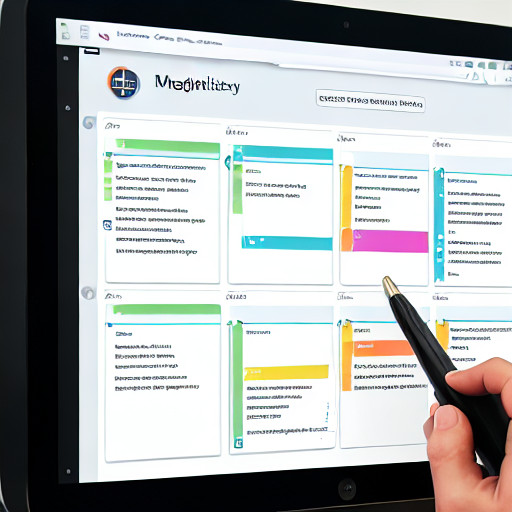
Agile methodology is a popular approach to software development that focuses on flexibility, collaboration, and iterative progress. It is especially well-suited for projects with changing requirements and a need for quick and continuous delivery. Here's a step-by-step guide on how to effectively use Agile methodology for your software development projects:
1. Understand Agile Principles
Begin by familiarizing yourself with the core principles of Agile. These include customer collaboration, responding to change, and delivering functional software in short iterations.
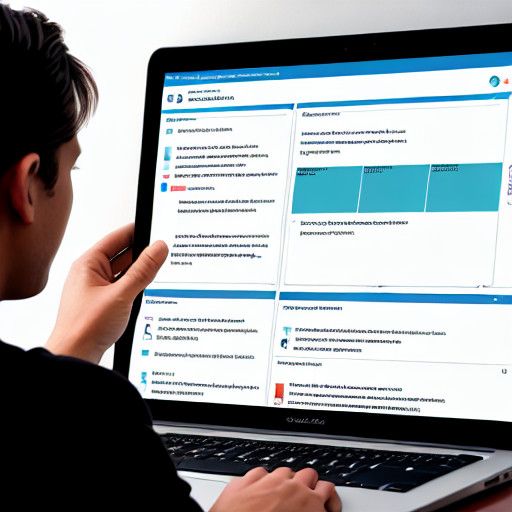
2. Form an Agile Team
Assemble a cross-functional team including developers, testers, designers, and product owners. Collaboration among team members is key to the success of Agile projects.
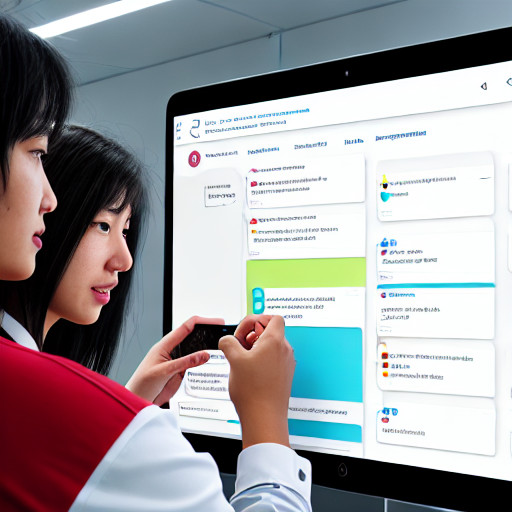
3. Define User Stories
Create a backlog of user stories, which are short descriptions of features from the user's perspective. Prioritize these stories based on business value and complexity.
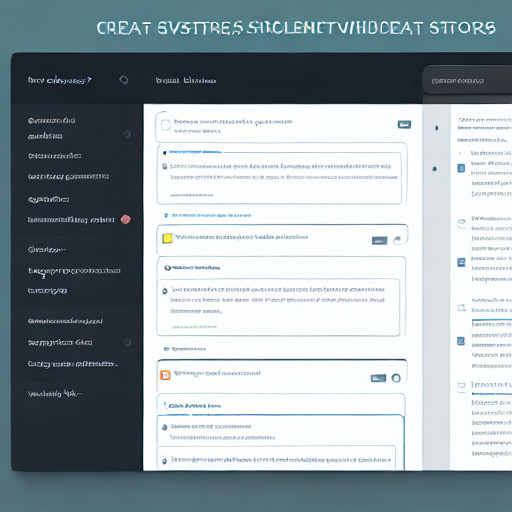
4. Plan Sprints
Break the project into smaller time-bound iterations known as sprints. Each sprint typically lasts 1 to 4 weeks. During sprint planning, select user stories from the backlog to work on during the upcoming sprint.
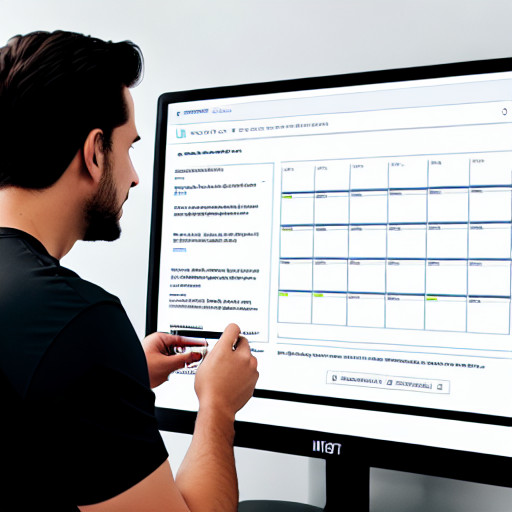
5. Develop and Test
During a sprint, the team works on developing and testing the selected user stories. Regular communication and collaboration are essential to ensure progress and address any challenges that arise.

6. Daily Stand-up Meetings
Hold daily stand-up meetings where team members share their progress, discuss any obstacles, and plan their work for the day. These short meetings promote transparency and alignment.
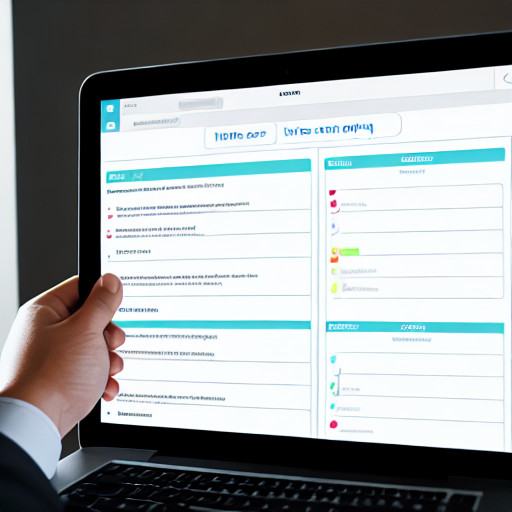
7. Review and Demo
At the end of each sprint, conduct a sprint review where the team demonstrates the completed work to stakeholders. This provides an opportunity for feedback and helps ensure the project stays on track.
8. Retrospective
Hold a sprint retrospective to reflect on what went well, what could be improved, and any changes needed in the development process. Continuous improvement is a core principle of Agile.
9. Adapt and Iterate
Based on feedback from stakeholders and the retrospective, make necessary adjustments to the project's direction, priorities, and processes. This allows the team to adapt to changing requirements and deliver value more effectively.
10. Repeat the Process
Continue the iterative process of planning, developing, testing, reviewing, and adapting in subsequent sprints until the project is completed. Regularly reassess and refine the backlog based on new insights.
By following these steps and embracing the Agile methodology, your software development projects can become more responsive, collaborative, and successful in delivering value to your users.